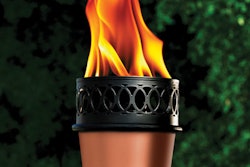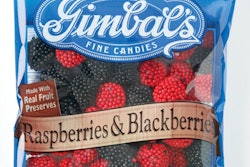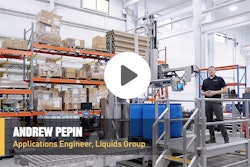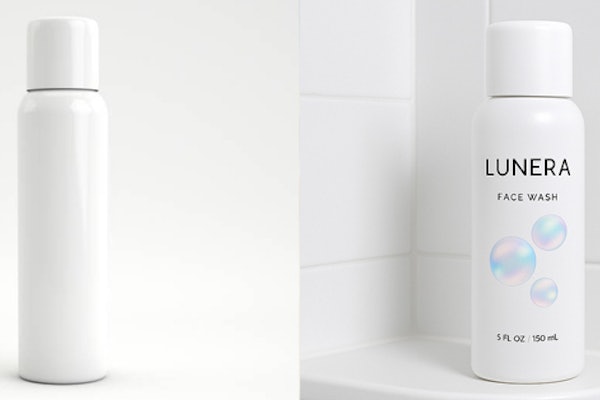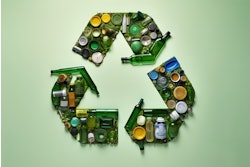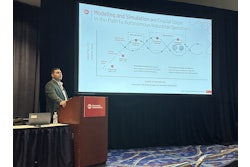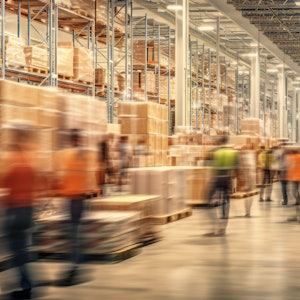By the end of this year, it’s possible that the U.S. Food & Drug Administration will publish a finalized Process Validation Guidance for Industry that will allow manufacturers of human and animal drug and biological products, including active pharmaceutical ingredients (APIs), to be on the same page when it comes to incorporating principles and approaches in validating manufacturing processes for these drugs or products.
For the purposes of this guidance, the FDA defines process validation “as the collection and evaluation of data, from the process design stage throughout production, which establishes scientific evidence that a process is capable of consistently delivering quality products.”
“The new draft guidance is significant in that it’s moved to the product life-cycle concept, including development work, technology transfer, and verification so that the process is consistent, and it also includes a section on the continuous process verification once the product has been released for commercial distribution,” says Paul D’Eramo, executive director for New Brunswick, NJ-based Johnson & Johnson’s Quality Compliance Group. He says the new guidance is more expansive than the original process validation guidance issued in 1987.
D’Eramo says the guidance extends from process development to commercial manufacturing to monitoring after the product is in the commercial market. The Johnson & Johnson executive hosted a question-and-answer session during a mid-January Process Validation Webinar held by the Intl. Society for Pharmaceutical Engineering (www.ispe.org) in which Grace McNally of the FDA provided a first-time public review of the draft guidance.
Draft offers broader life-cycle approach
“The main purpose of the webinar was to help foster understanding of the new draft guidance, the significance of the definition of process validation compared with the old guidance,” says D’Eramo. He says that J&J and other companies have been moving more in the direction of the life-cycle approach in recent years, working with other guidance documents and organizations. Among them, the Intl. Conference on Harmonization of Technical Requirements for Registration of Pharmaceuticals for Human Use’s (www.ich.org) Q8 (Pharmaceutical Development), Q9 (Quality Risk Management), and Q10 (Pharmaceutical Quality System).
“The world is moving in that direction,” he relates. “At J&J, when we develop a product, we use development data to determine what the manufacturing process should be. Then we verify that it’s consistent. Then we continuously monitor it. What the FDA is doing with this guideline is getting more specific in how they are defining it. That’s why that webinar was so important. The FDA wanted comments for the guidance draft, which represents significant change.”
D’Eramo says that the FDA has a big job to analyze the hundreds of comments about the guidance draft. Unlike a regulation or law, in which the FDA is required to address each comment and republish the regulation, the guidance will be evaluated in a process in which a better guidance document will be published. “There are estimates that that might occur by the end of 2009, but it’s hard to tell,” he notes.
Manufacturer benefits
For some companies, the process validation draft guidance will pose challenges.” That’s why it’s kind of controversial,” says D’Eramo. “For some companies, this will probably be more than they are currently doing.”
Add these guidance procedures to the current economic climate and industry layoffs and it’s easy to understand why it could be difficult for drug makers to cope, right? “I don’t look at it that way because there are benefits to this whole concept of quality by design that builds robustness into your process,” says D’Eramo. “We are actually working on business cases right now at J&J to show that in the long run, it’s actually cheaper. One of the reasons why many of the companies are interested in quality by design is because there is a business case; it improves manufacturing efficiency. We are not doing it because the FDA is telling us we have to do it. It results in more robust manufacturing processes and in reduced cycle times in manufacturing. We can have less inventory because of a more consistent supply chain, there’s less investigations and paperwork because it lessens the potential for failures.”
Drilling down to the packaging implications of the guidance draft, D’Eramo says that many of the issues pertaining to packaging are related to stability. “In other words, you would develop your packaging to assure that the overall product would be stable,” he says. “I am from the compliance world, not packaging, but based on understanding the whole manufacturing process, there wouldn’t be a reason for changing the way a company would identify the materials, validate the actual filling process into the bottles for accuracy, and ensure the right bottle is in the right package. Those things are in place now.”
That said, the ISPE Webinar’s question-and-answer session following McNally’s presentation did briefly discuss issues pertaining to labeling and drug repackagers and contract packagers. The response indicated that processes related to the original drug manufacturing would apply to contract services as well.
D’Eramo explains, “Stability is the basis of the assurance that the drug product you take will not degrade over time. Many of the controls are put in place to prevent degradation during the manufacturing and packaging operations.” He says stability differs from efficacy, which he describes as “assurance in the clinical trial stage that the product has the effect in the body that you expect.”
He also addressed the use of the terms validation, qualification, and verification. “This is so controversial,” he admits. “Resolving the matter is also what this guidance draft tries to do. In recent years, there have been other standards that have tried to move toward the word ‘qualification’ rather than ‘validation.’ In general, you qualify equipment, and you validate the manufacturing process, but that’s a really simplified definition.” He says the draft guidance tends to move toward the term verification.
Becoming consistent with terms is something the FDA is striving to do, says D’Eramo, who believes the agency should provide a glossary of terms with the final process validation guidance document. The guidance draft is available to read at the FDA’s web site, www.fda.gov.


